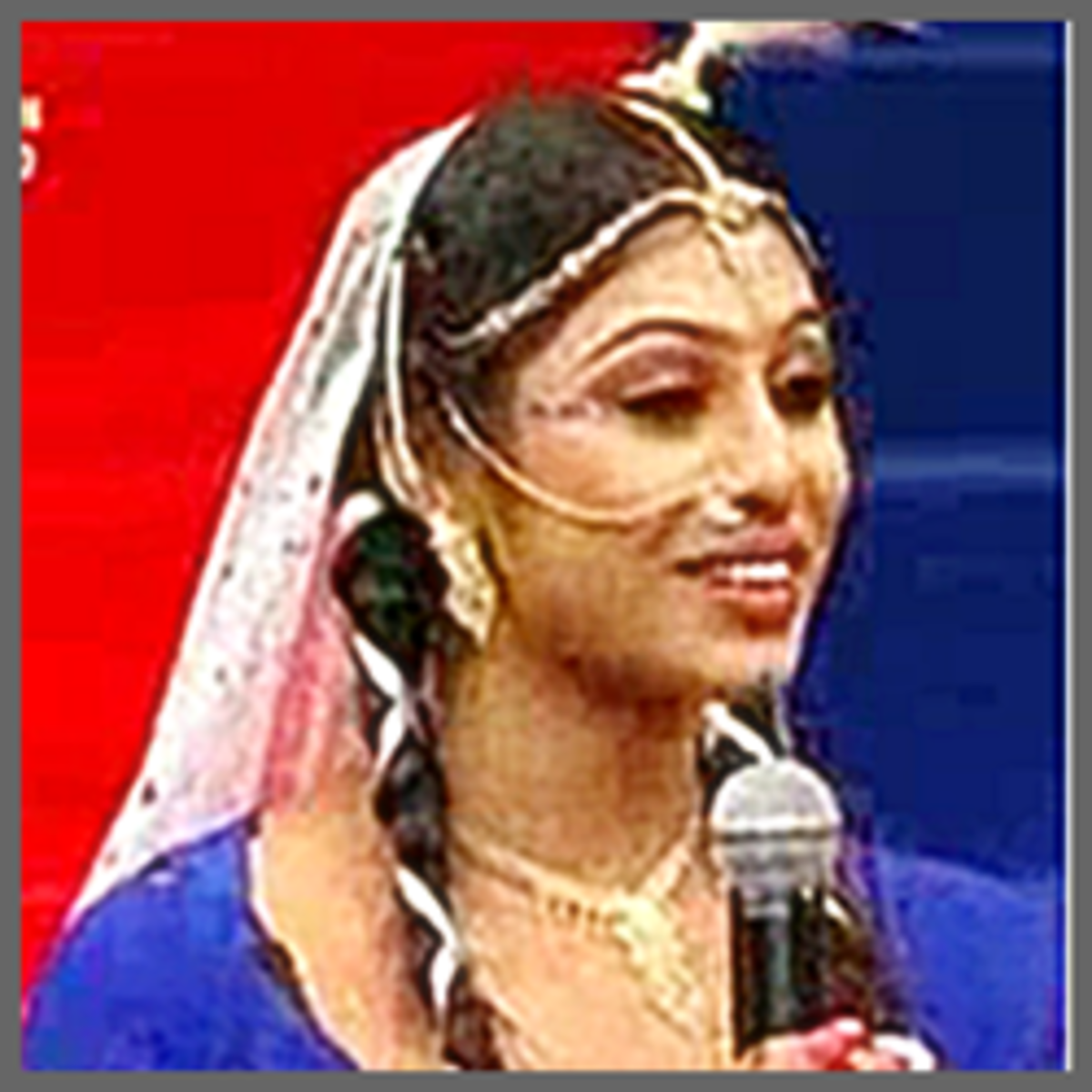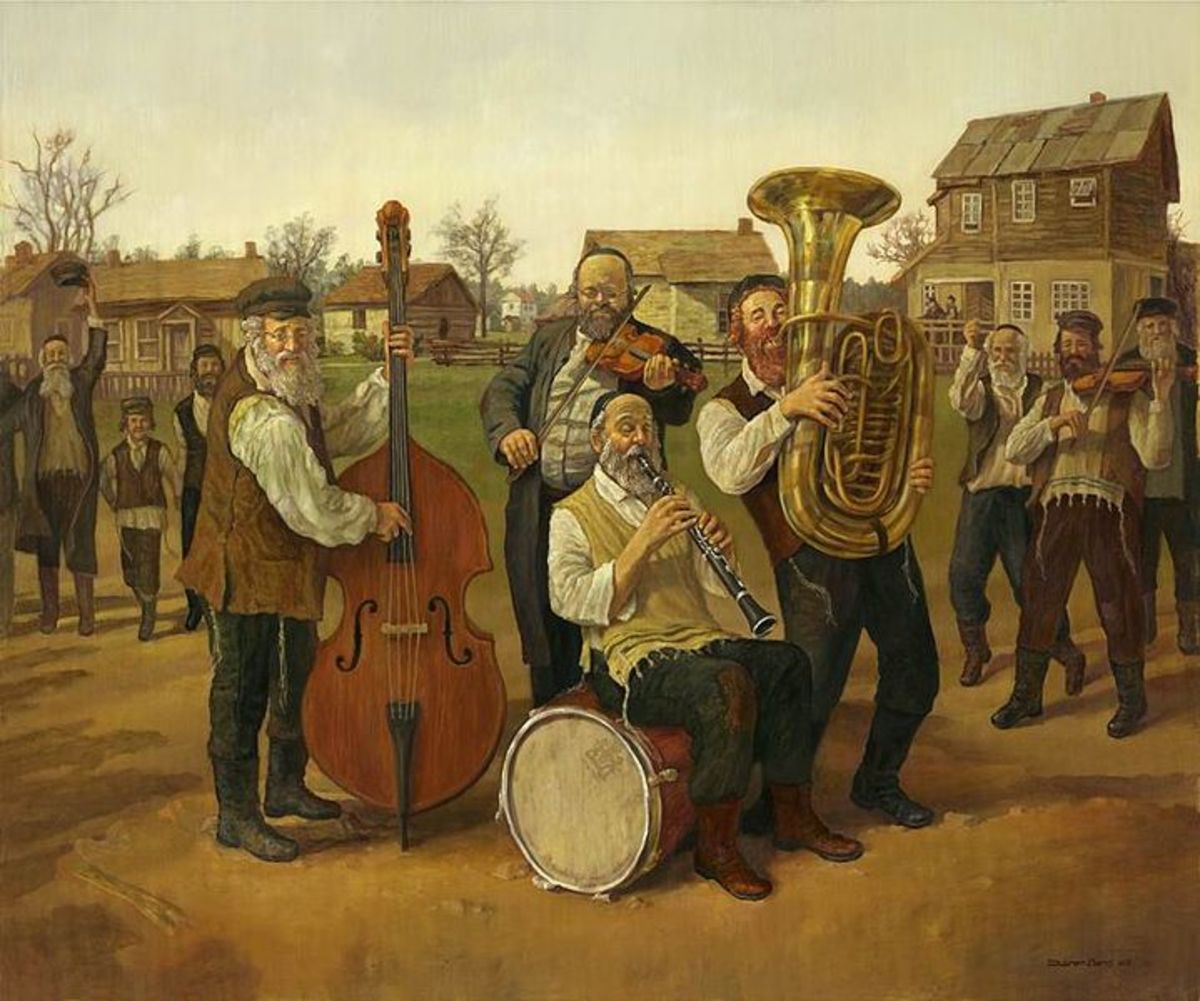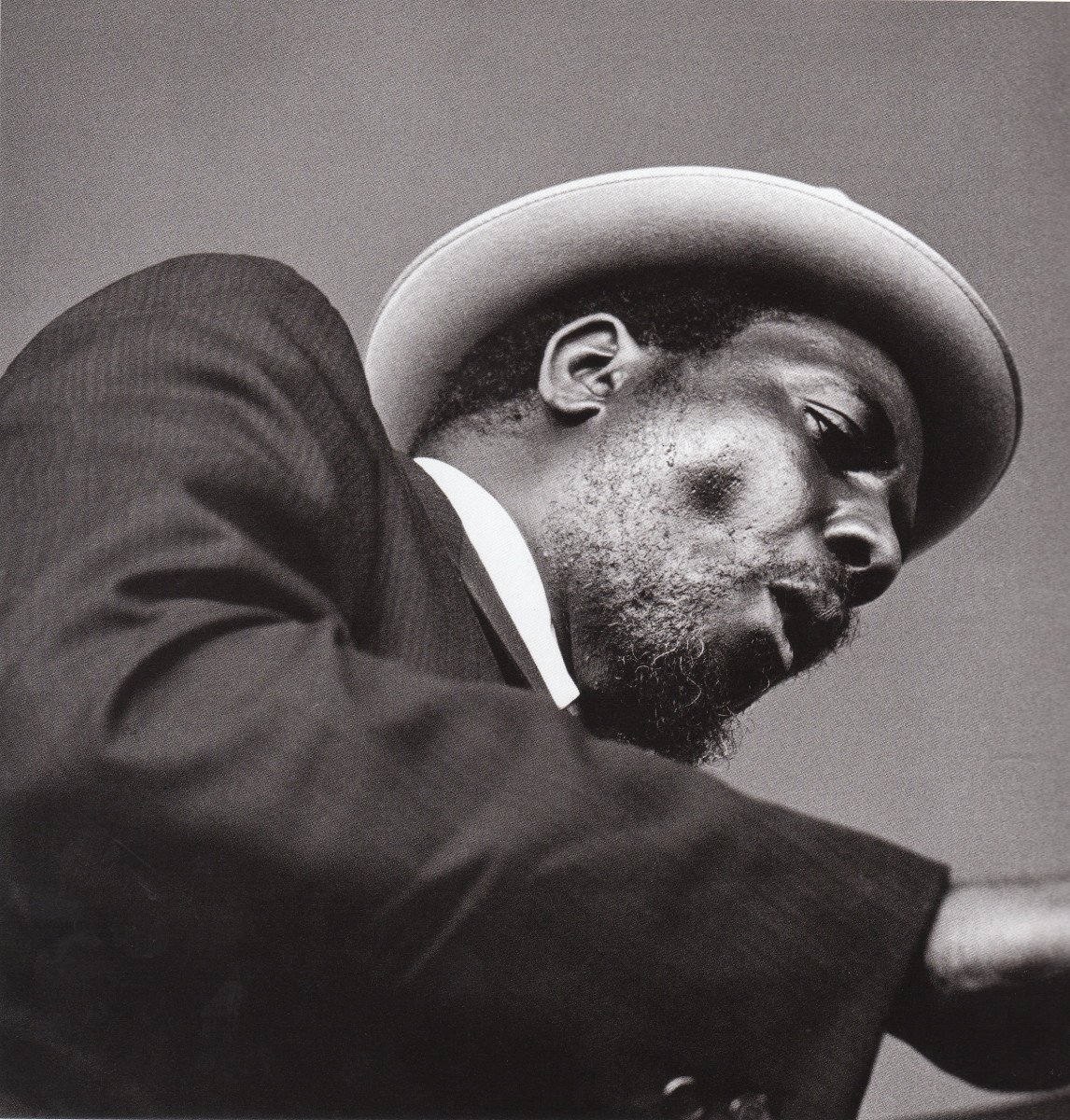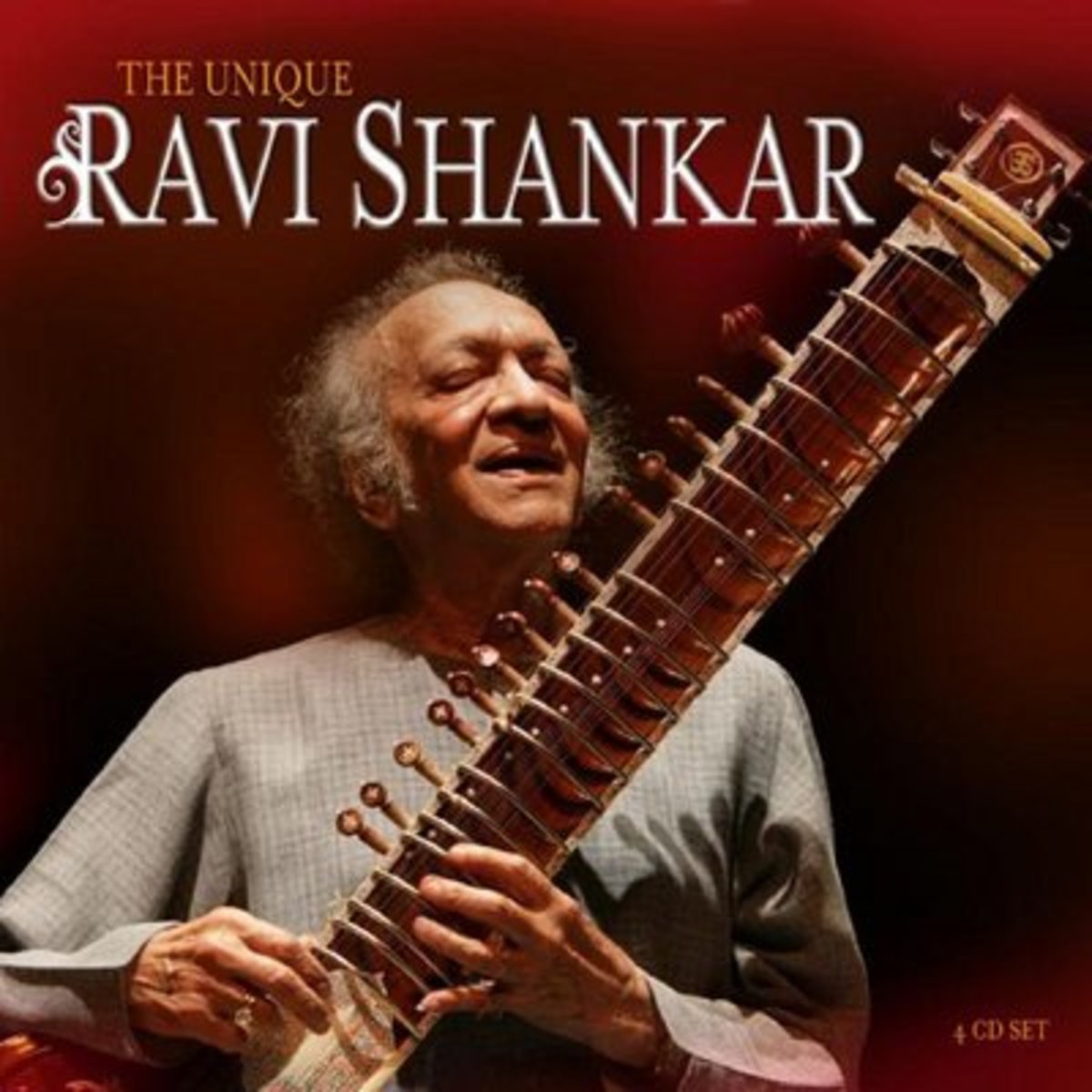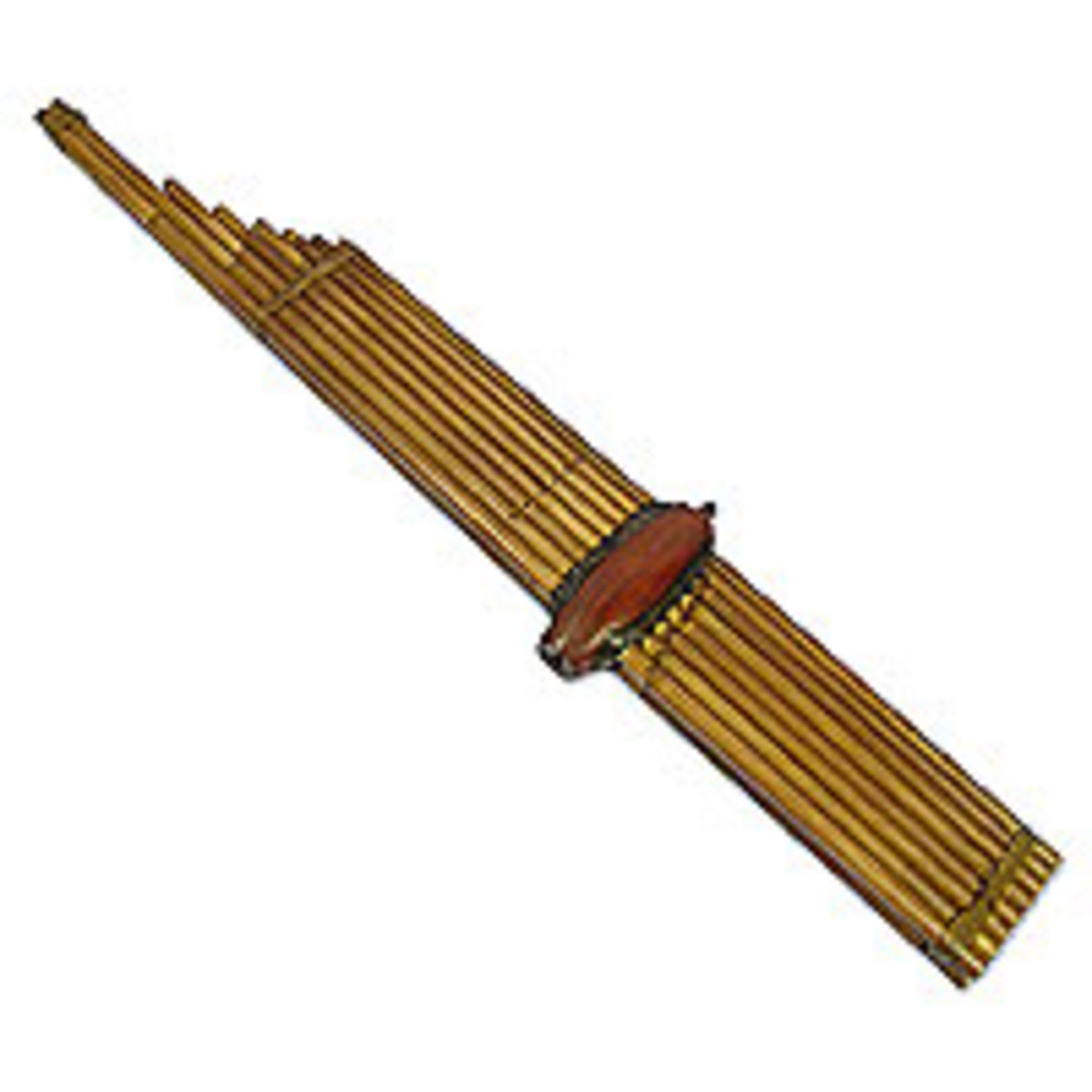What Makes Wolof Music Unique?
Many African people are well known for their reverence of Music and Senegal. In particular, Wolof music presents some beauty and richness which can be attributed to the popular music in the West. Artists such as Baaba Maal, Youssou N'dour, are popular not only in their homeland, but also on the international arena. Their works could be found in many music stores in various places and regions of the world. Additionally, Wolof music is well known for using unique musical instruments including the Tama, The Xalam and the Sabar, which are a set of drums. However, these musical instruments have been influenced by other cultures such as the one string viola of the Fulan, the African harp, the Tabala Drums from the Maures, and the flute from the Fula.
The Wolf people use music to teach their children and young people on many issues in life. In addition, the art is employed in storing the region’s history and praising important members of the society. Occasionally, there are religious chanting, which are heard from different places of worship and in public transport. Further, traditional Wolof rhythms have been incorporated in modern popular music, an aspect that has led to emergency of a distinctive Senegalese music. It is not surprising that Wolof music has intermingled with the type and style of the Northern African Muslims considering the close proximity of the homeland in the Sahara caravan routes. In addition, there is a prominent relation of percussion instruments in Wolof music such as the Halam, which is believed to be the pioneer of American Banjo.
This hub is specifically focused on examining music in the Wolof society. In proving its significance and influences on the specific culture, there is need to focus on the development aspect of Wolof music especially its relation between the traditional form and its modern counterpart.
History of Wolof Music
Traditionally, Wolof music particularly dance and drumming have played a critical role in major events. Rhythm has been a key feature in Wolof music and it is not surprising that the drum is the common instrument in Wolof music; the music is mostly accompanied by clapping, dancing and singing. In essence, majority of Wolof music has its roots from the tradition of Serer music; specifically the Serer pre-colonial kingdom of Saloum.
Majority of the terminologies employed in Wolof music such as the musical instruments are derived from the Serer language. In most cases, Wolf musicians were derived from the griots who were essentially the blacksmith caster. These groups of people were considered to be drumming masters. The Griots used music and recitations in teaching history, religion and moral aspects. Additionally, historians and praise singers who were considered to be important members of the community employed music in their works. Presently, many Wolof musicians are still derived from the Griot families.
The conversion of most of the Wolof kingdoms to Islam after the 19th century, resulted into an emergence of the Ode Song and the tag in Wolof music to be reused in Islamic Nasheed. This is one example of a significant integration between the pre-Islamic styles in the novel music paradigm.
Modern day Wolof Musician have come to integrate instruments that were normally related with the neighboring, Fula, Serer, and Mandika. These include the Mandinka balafon, the Fula flute, the Maures table drums, the riiti, the Mandinka kora and other Serer instruments. Among the Serer instruments include the jungjung, the sabar, the Serer genres and motifs such as mbalax , tassou, the baka and the mbeng mbeng.
The Serer people have been known specifically for their massive knowledge in rhythmic and vocal practices that integrate their regular language with overlapping and complex cadences and rituals with extensive collaboration of rhythm and voice. Furthermore, many of the Serer communities are popular for their longstanding maintenance of their traditions such as sooth saying, intercommunity love, sorcery and healing practices. Additionally, they preserved the traditions through music and other forms of art. In addition, the people familiarized themselves with the rhythms of the African drums identified as the Tama.
The Development of Wolf Music
Currently, the music industry in Senegal is well developed; some of the most popular artists and bands in international perspective are found in this region. Further, modern day music and sounds have been balanced with the integration of traditional instruments in the region which include The Tama and Sabar Drums, as well as the Mnadinka Kora. This type of music also harbors dance rhythms that are considered to be among the most unique in the world. A good example is the Farwoudiar which is a woman’s dance with unique accompaniment of tama where women praise their potential husbands based on the marital tradition of the Serer culture.
Historically, the year 1960, which is an independent year in Senegal, has been considered as a significant year for the development of the music industry in the country. The career of many Senegalese musicians have prospered and this has resulted into this industry being labeled as a lucrative one. The Wolof tradition music has been integrated in modern elements by renowned bands such as the Orchestra Baobab, which represents the slow, older rumba sounds. Consequently, this has given way to modern day energetic rhythms of the mbalax. Moreover, Orchestra Baobab has combined several influences in their systems such as Mandinka, Spanish, Guinea Bissau and Wolof influence.
In essence, The Wolof has continued to dominate the sphere of Senegalese music. Famous musicians such as Maal Ababa have employed Wolof music to advocate for social and intellectual courses. His friend and guitarist Seck and Mansour have been influential in the success of his career. Long-term musicians and new entrants have continued to explore traditional Wolof Music, modern day sounds, and an integration of the two. Consequently, the Senegalese rap genre identified as Tassou had been famous worldwide. Additionally, there has emerged a new group of artists in Senegal who rap using French and Wolof styles, a good example being, Positive Black Force. In 1996, Positive Black Force released a CD for the Mango label, which is U.S, based.
It can be argued that the basis of all types of music found in Senegal today is traditional in nature. The assumption is supported by majority of the artists in the country, whether traditional or contemporary ones. Interestingly, it has been debated that Senegalese music has had a great influence to the world of western music which include: rap, beguine, reggae, and calypso and country blues. Whether they sense it or not, the music from the gate of Africa, or the land of Teranga has greatly influenced these genres.
The Future of Wolof Music
There is not doubt that the future Wolof music is still bright. This is because, despite its long traditional roots, this genre is still relevant in modern day music, whether on the local or international perspective. The influence of Wolof transcends from Luxembourg to Bordeaux and New York. From New Orleans to Atlanta and many other places. In this perspective, Wolof music is expected to transform many music genres including gospel, jazz and hip hop. It is also anticipated that this music genre will transcend across cultural divisions and making some of the musicians in this genre to be acclaimed internationally. Further, the integration of traditional with the modern musical elements in Wolof music is only proving to make it stronger and not necessarily eluding it. This implies that we do not see a trend where Wolof music will be eliminated considering its relevance and influences in many of the modern day societies. There is also an idea that Senegalese music will come to influence the western music, especially the one that is African oriented.
Conclusion
There is certainty that Senegalese Wolof Music and artists will continue to exert a significant presence, both at home and abroad in defining the opportunities and direction of African music in this country. In essence, the modern form of Wolof music has many elements that are integrated from its traditional form.

